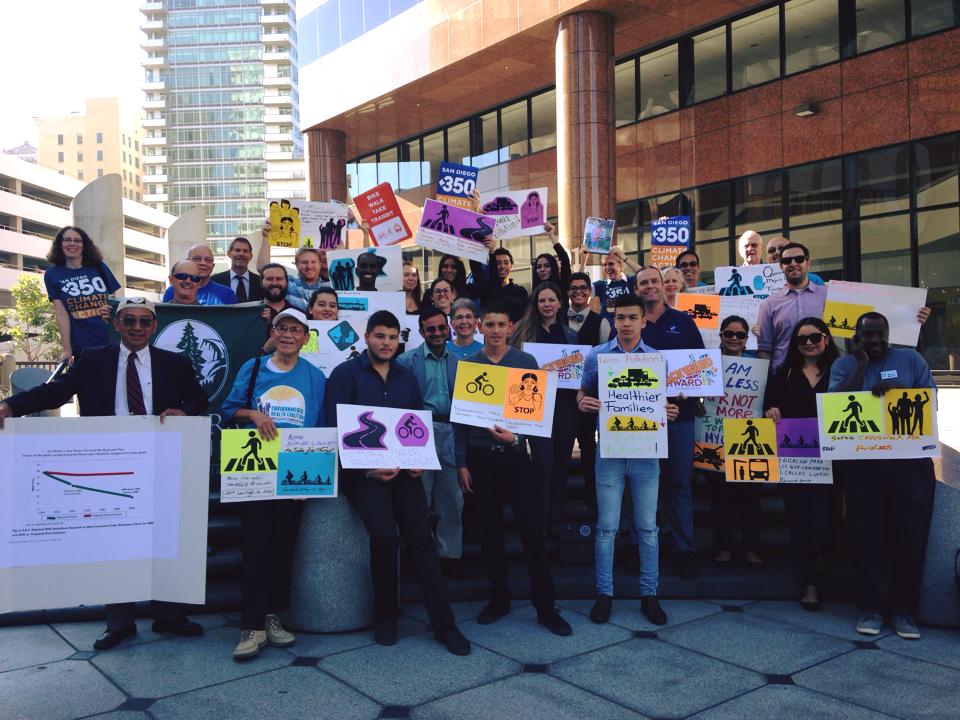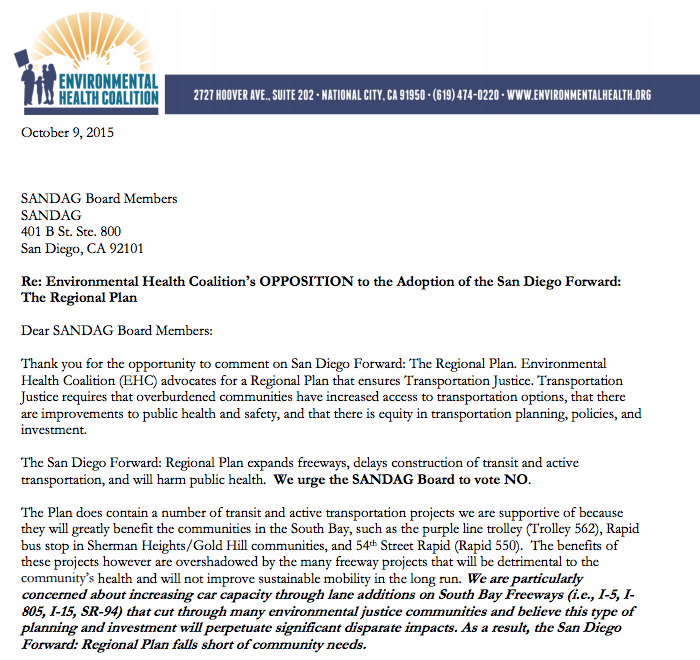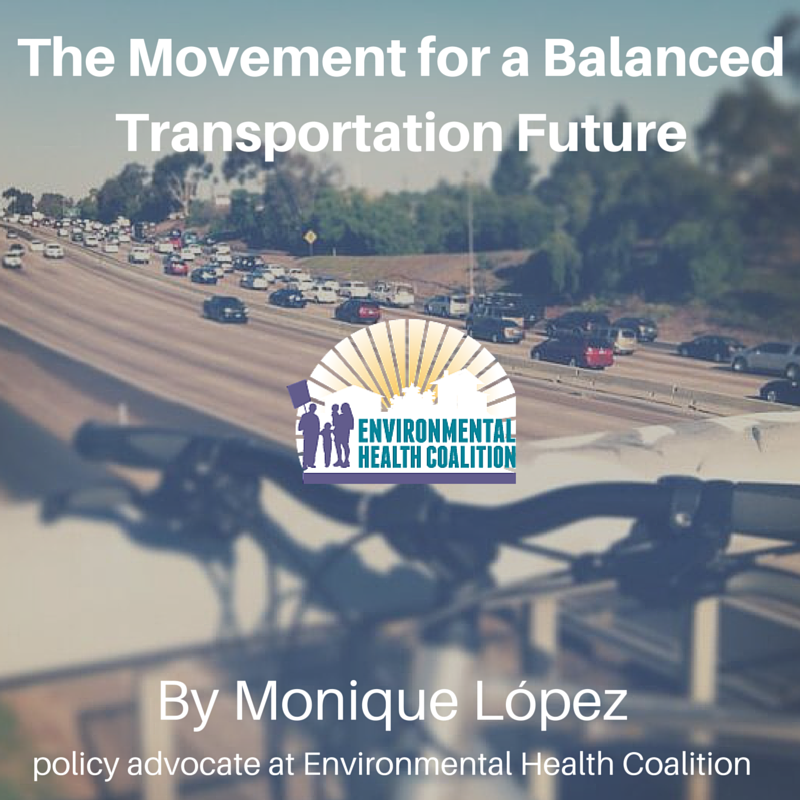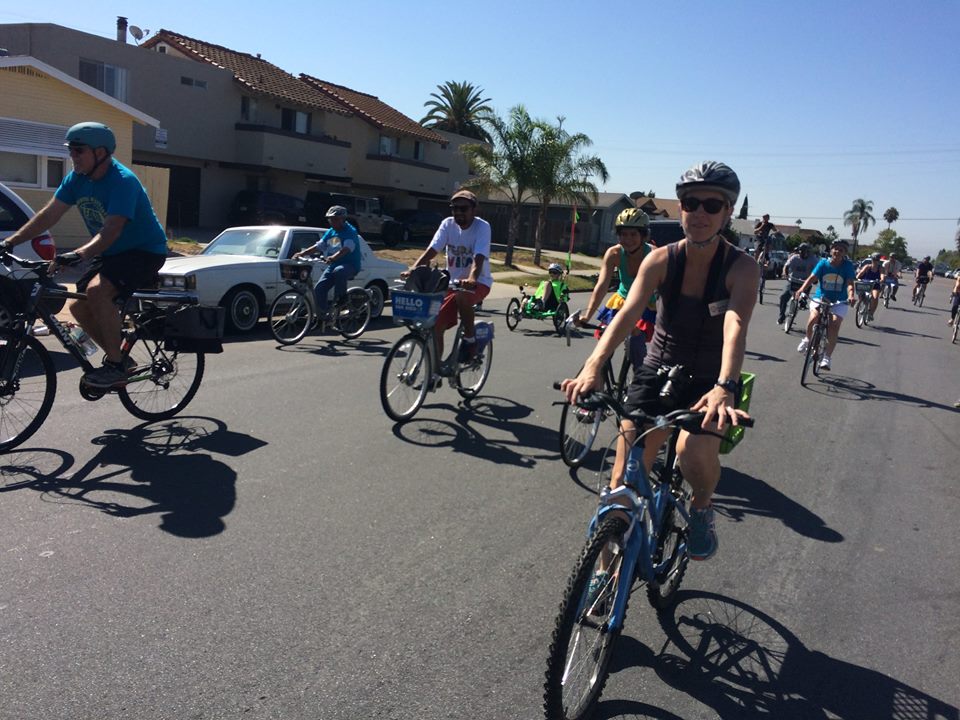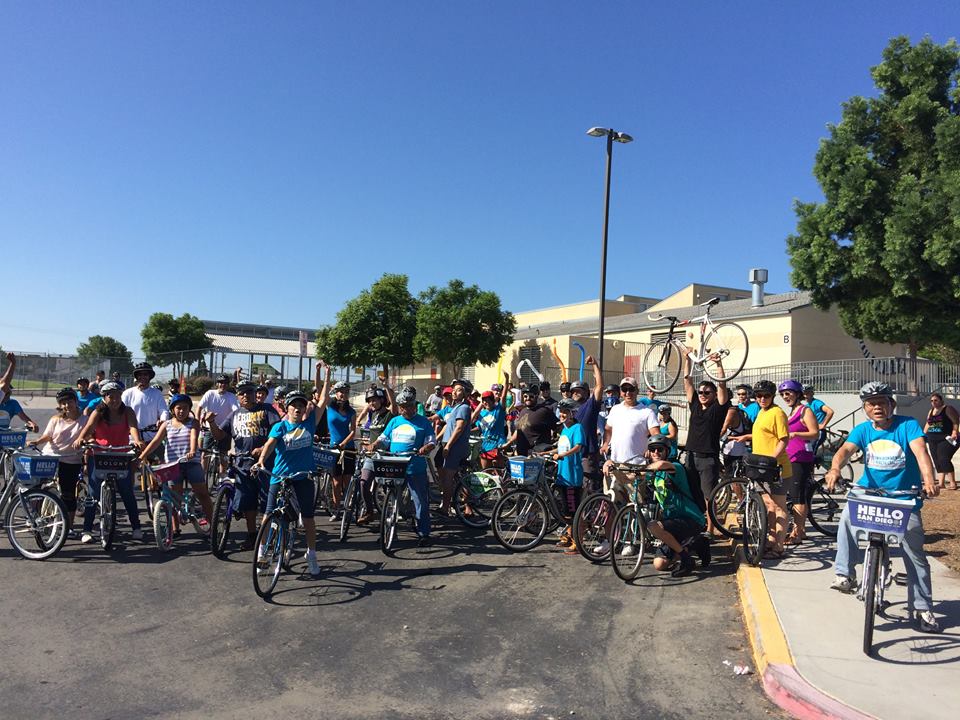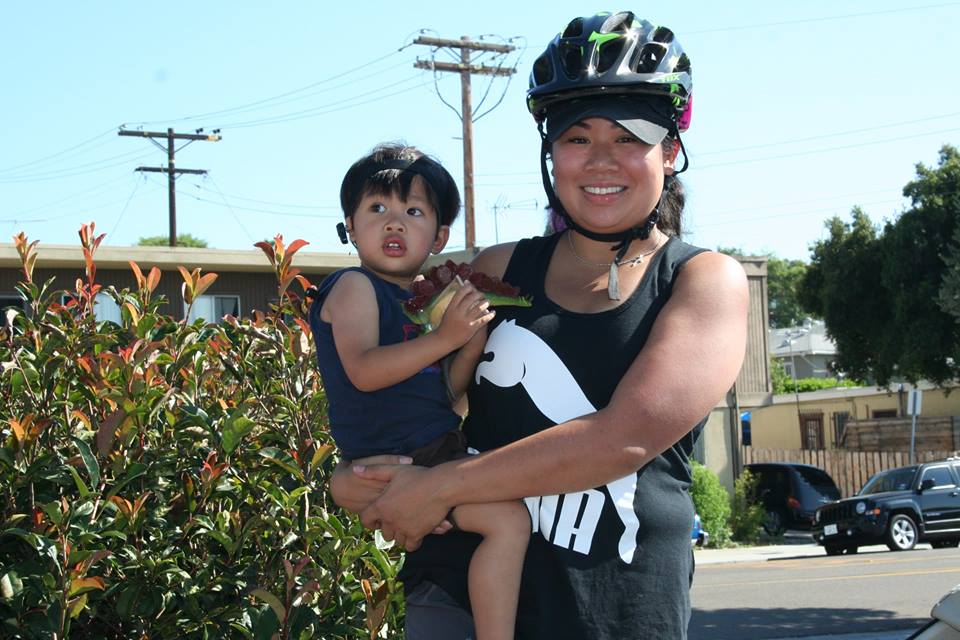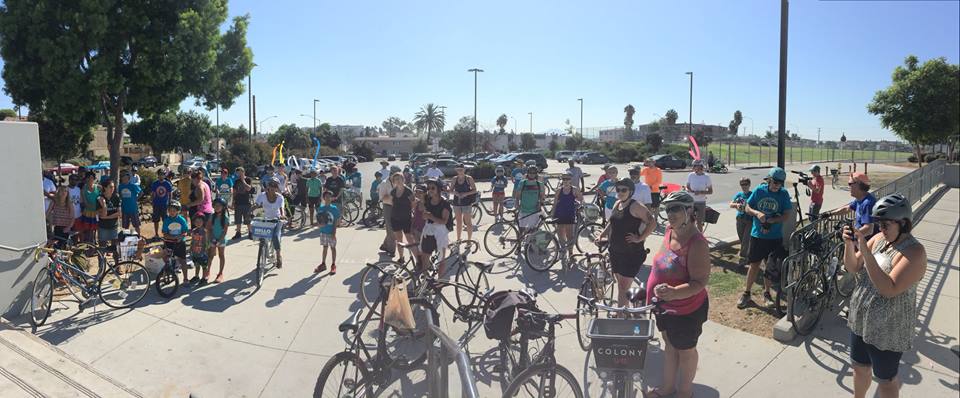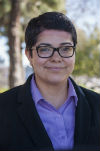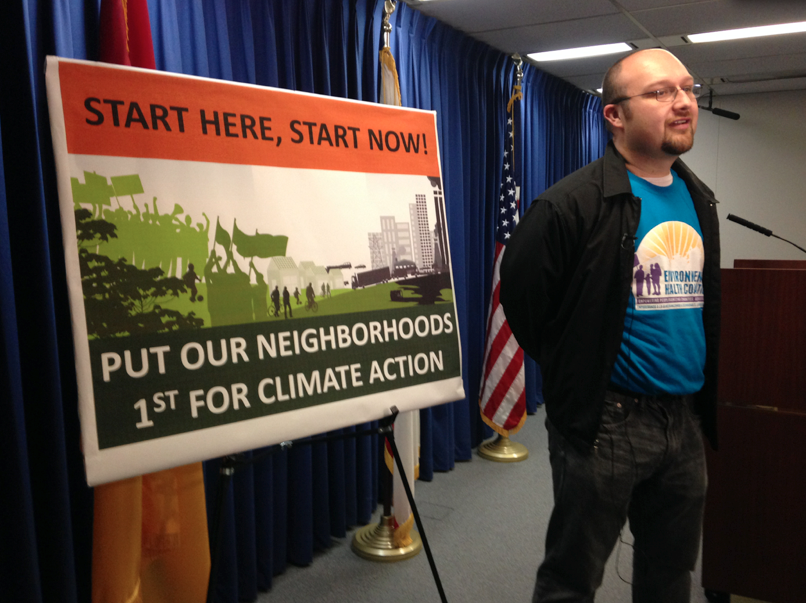
It’s no secret that climate change has challenged San Diego to rethink large environmental concepts, such as regional pollution and sustainability. As part of this process, the City of San Diego is in final revisions of the draft climate action plan – a plan that outlines how San Diego will address the harmful impacts of climate change in the next 50 years. This plan has strong goals that, if achieved, will create a healthier future for San Diegans by reducing pollution, relying more on clean energy, increasing transit, walking and biking opportunities, increasing our urban tree coverage and reducing waste.
EHC knows that certain communities in San Diego feel the impacts of climate change more imminently than others, particularly the neighborhoods already struggling with unhealthy levels air pollution, high energy bills and lack of access to transit, biking and walking.
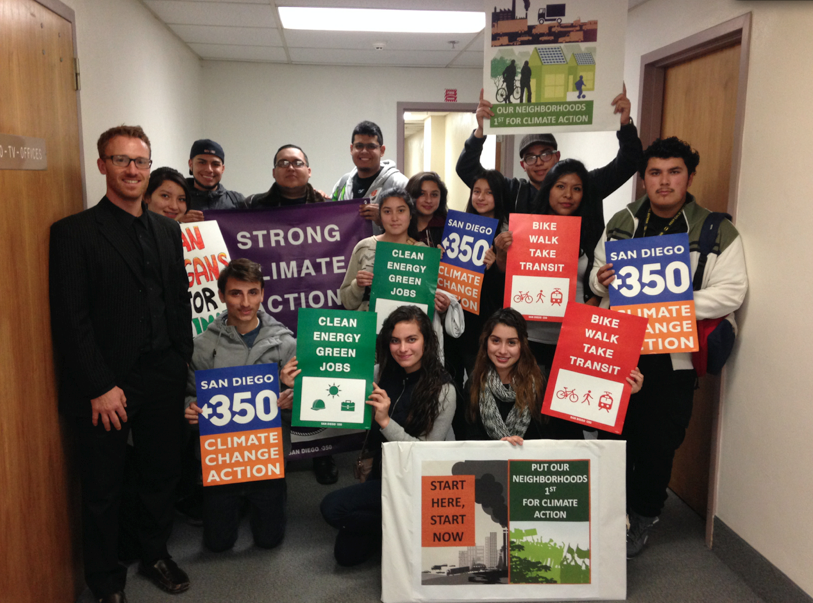
As the effects of climate change worsen, neighborhoods in San Diego’s urban core suffer significantly more because these neighborhoods:
• Have the highest rates of asthma hospitalization among children in the city
• Breathe the most polluted air from trucks, freeways and industrial sources
• Live in old, unhealthy homes lacking energy efficiency and solar energy needed to reduce unaffordable energy bills
• Lack access to safe, affordable and convenient transit, bicycling and walking options to access jobs, health care, parks, and cooling centers
• Face the highest rates of unemployment, underemployment and low-wage jobs
Ultimately, a plan with strong goals does not suffice if the plan doesn’t ensure that communities hit first and worst by climate change are helped most immediately.
That is why EHC urges San Diego City Council to recognize that not all neighborhoods in San Diego are impacted by equally and to prioritize resources accordingly to address these inequities.
That is why EHC says, “Start here. Start now.”
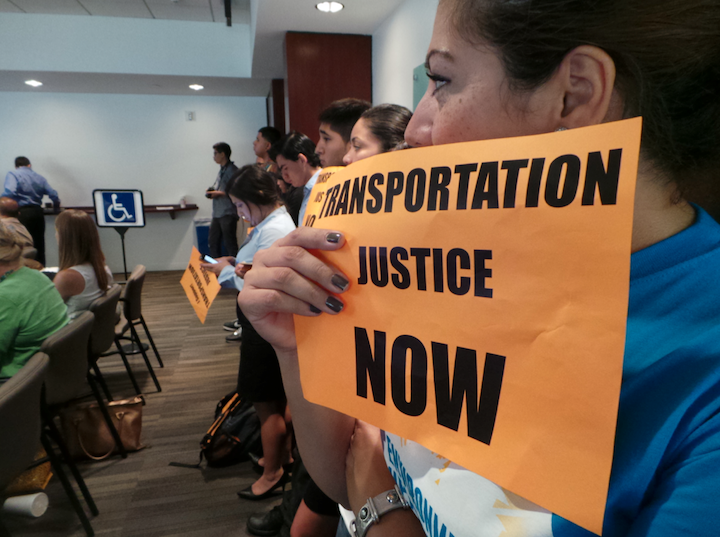
In coalition with CERF, Citizens’ Climate Lobby, San Diego Coastkeeper, Sierra Club, IBEW, MAAC, California Nurses Association, San Diego 350, Climate Action Campaign, Center for Policy Initiatives, San Diego Audubon Society, Union Yes- Environmental Caucus, and City Heights Development Corporation we have gathered nearly 1,000 signatures supporting climate change solutions that ensure equity in the climate action plan.
This looks like:
- Transportation justice: Invests in transit, bicycling, and pedestrian infrastructure in overburdened neighborhoods neighborhoods first, and puts people before freeways
- Energy justice: Puts solar in overburdened neighborhoods, gives San Diegans a clean energy choice, and makes new and existing buildings energy efficient
- Good jobs: Creates good-paying jobs for local residents
- Climate change resilience: Protects our natural resources, wildlife, coastline, infrastructure, and public health from the harmful impacts of climate change
Together, we ask that the City of San Diego take action now, beginning in the neighborhoods impacted first and worst by climate change.
For more information, please click here.
To get involved, please contact Monique López at This email address is being protected from spambots. You need JavaScript enabled to view it. (619) 474-0220 ext. 130.




